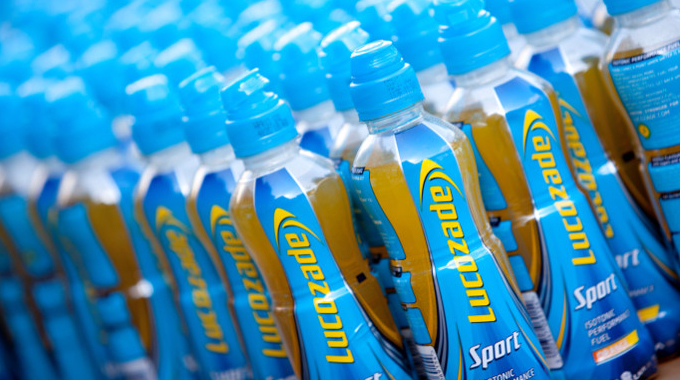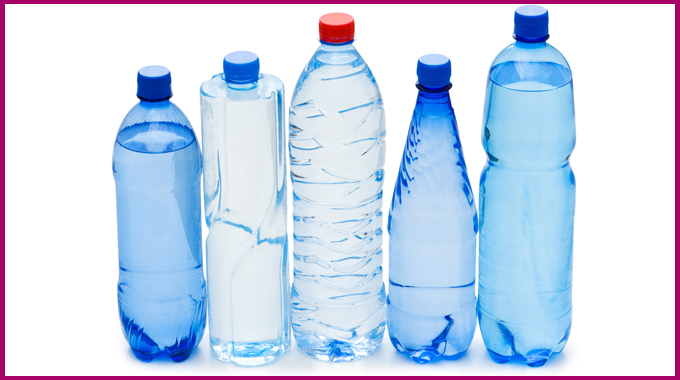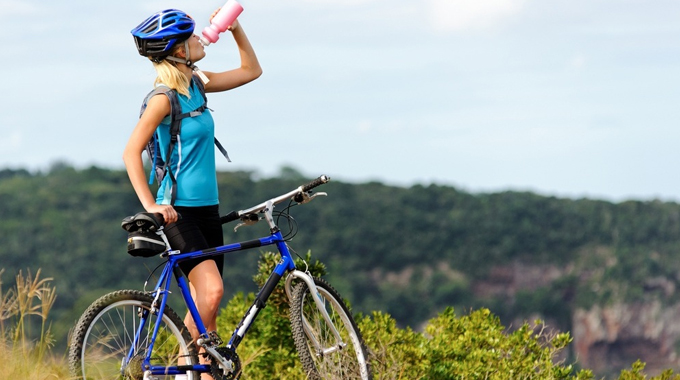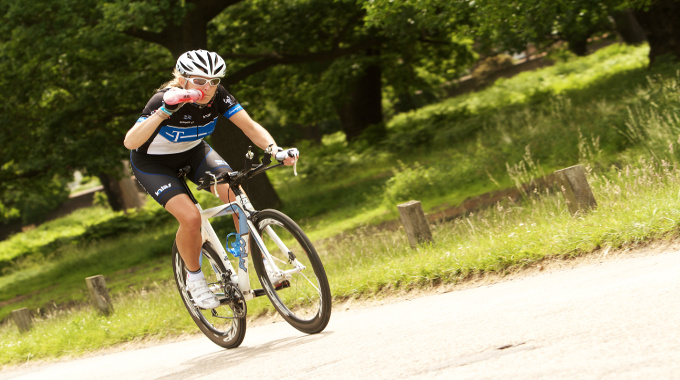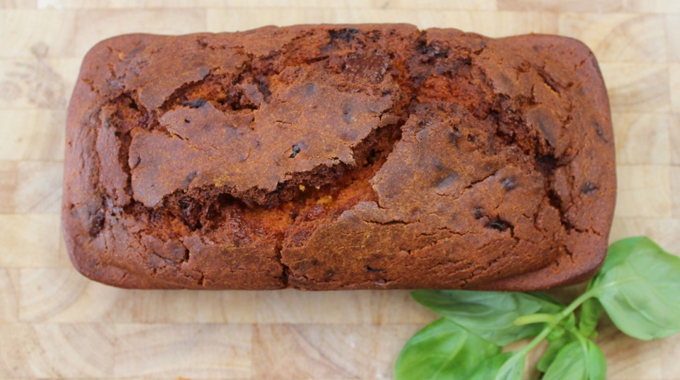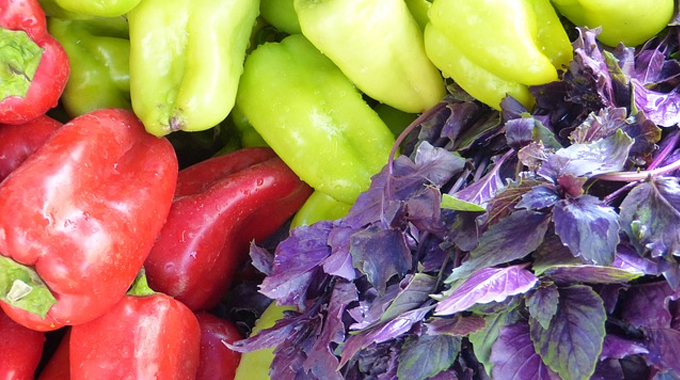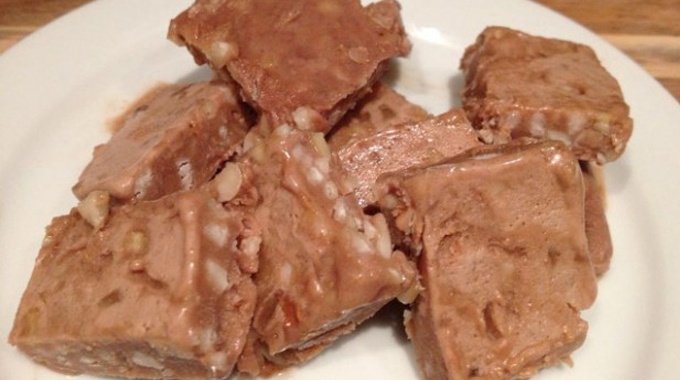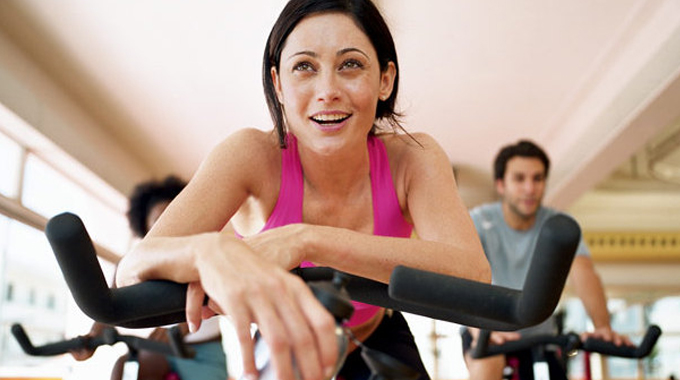Words by Chloe Hay
They sponsor the Olympic Games, they’re advertised on the side of buses and the supermarket shelves are full of them – but who really needs sports drinks? Only elite athletes? Or you and me? Well, whether you need a sports drink or would be better off sticking to good old tap water really depends on how long you’re riding for and how much you’re sweating.
The sports drinks industry is a multi-million-pound business, but it’s certainly not just athletes who are drinking them. According to a 2015 report, we consume 170 million litres of sports drinks a year in the UK (and another 600 million energy drinks a year), and as you can pick up a sports drink as part of a lunchtime meal deal, it’s hardly likely that these are all drunk during seriously sweaty training sessions.
And really, that is the only time they should be consumed. Despite a lot of mixed opinions concerning the need for sports drinks amongst amateur athletes, experts agree that for rides of 60 minutes or less, a bottle of water is perfectly fine.
So when are sports drinks good?
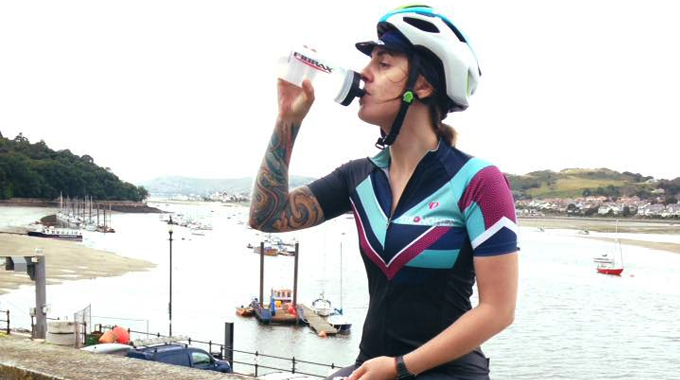
If you’re going out for a ride of more than 60 minutes, are cycling in excessive heat or are competing in a long distance race, you may want to consider a sports drink to help you replace electrolytes as well as lost water.
After an hour’s cycling, it’s recommended to take in 30-60g of carbohydrates every sixty minutes to help fuel your performance. You could do this by snacking on a banana, dried fruit or energy gels, or by sipping on a sports drink.
An average litre bottle of sports drink will contain about 60g carbohydrates in the form of simple sugars as well as water and electrolytes – the perfect combination to hydrate you through periods of exertion and sweat – and so if sipped over a period of 1-2 hours, will provide you with all the carbohydrates you need to keep going.


